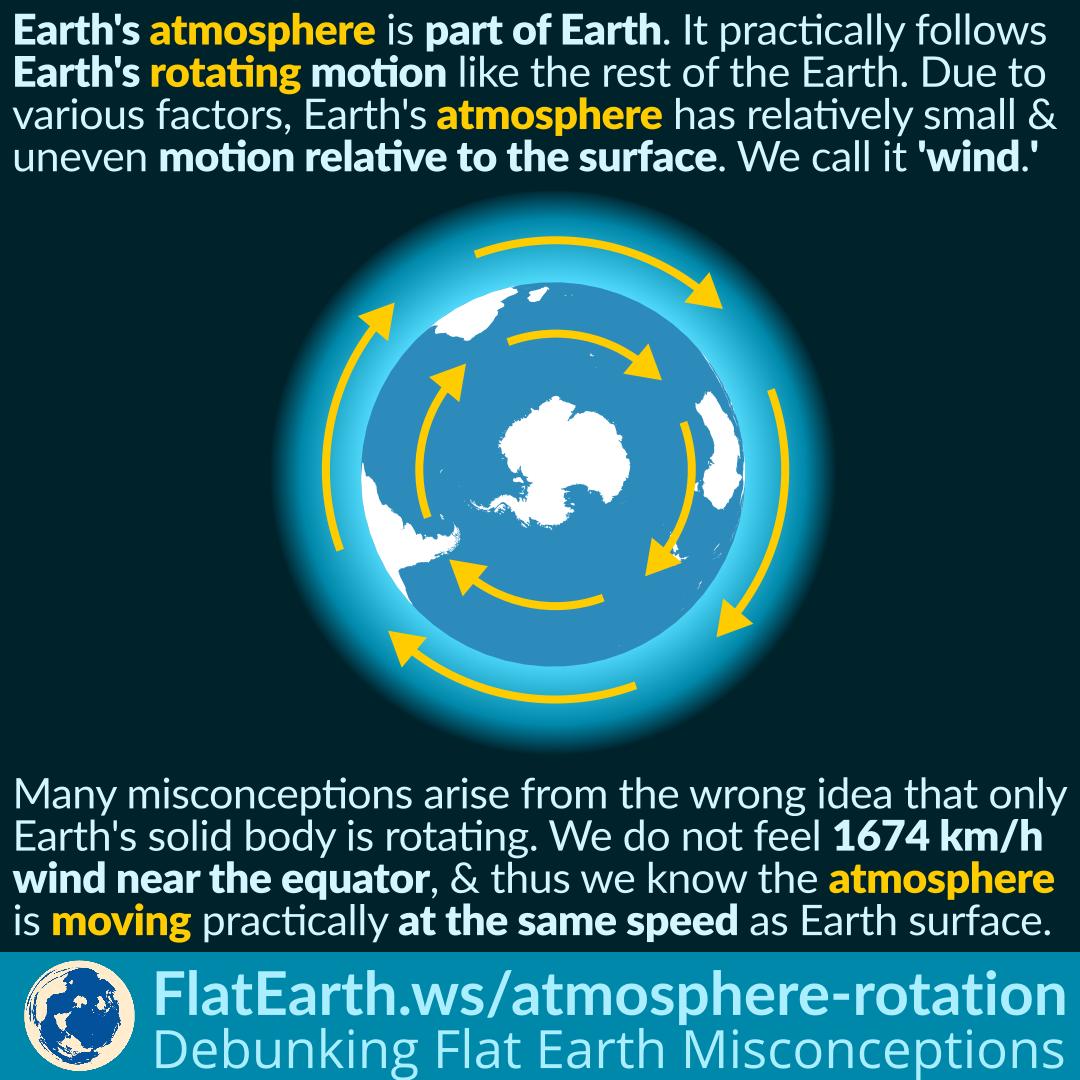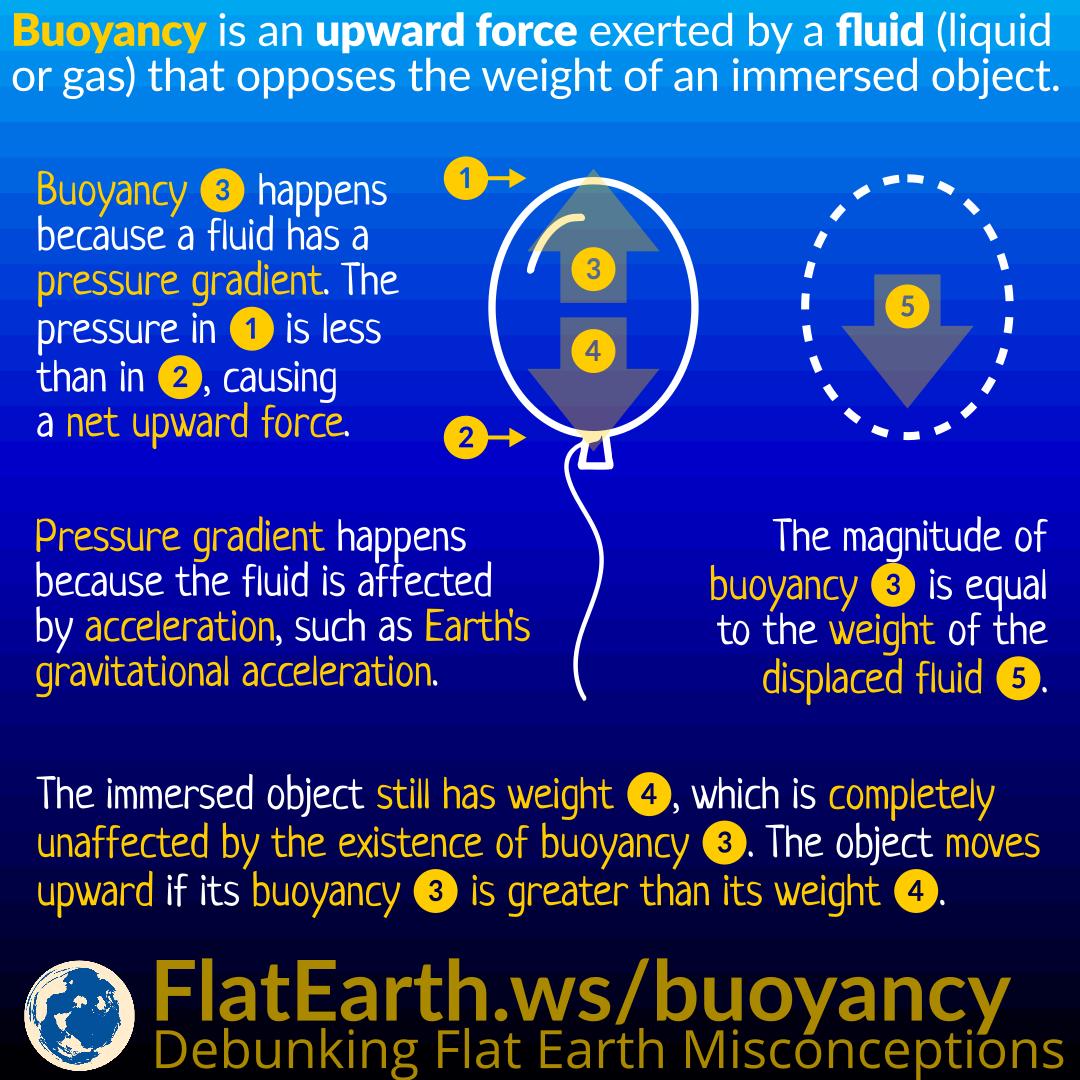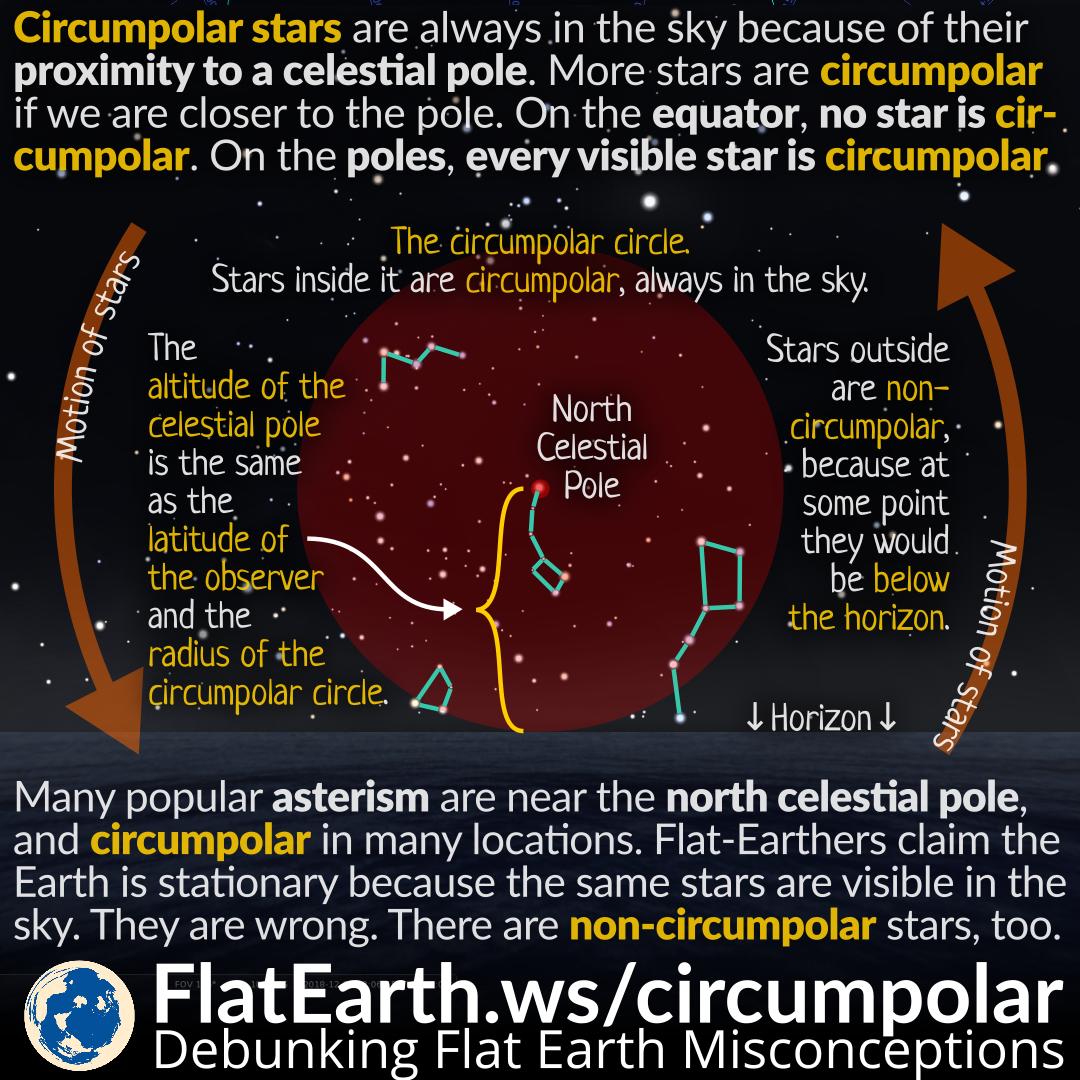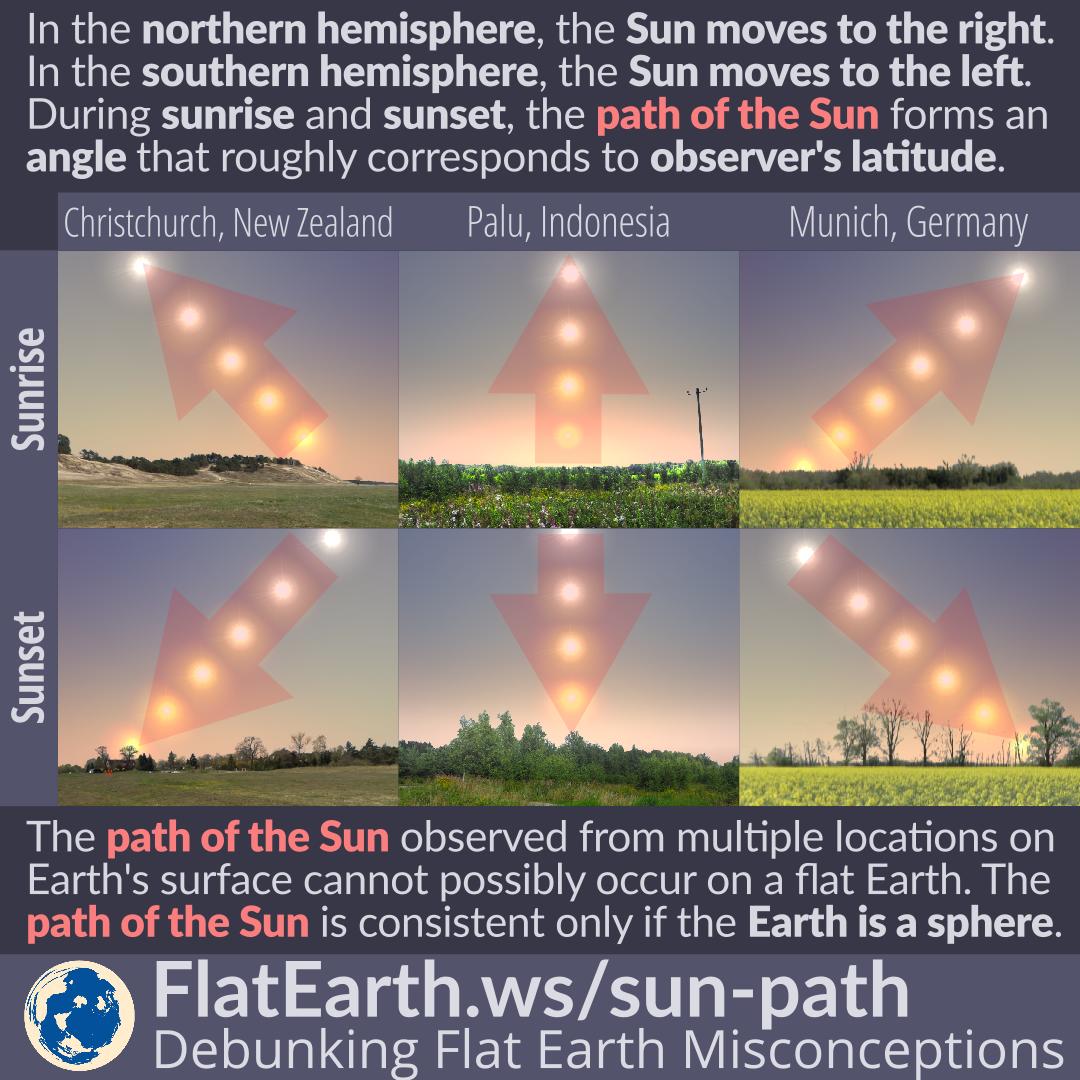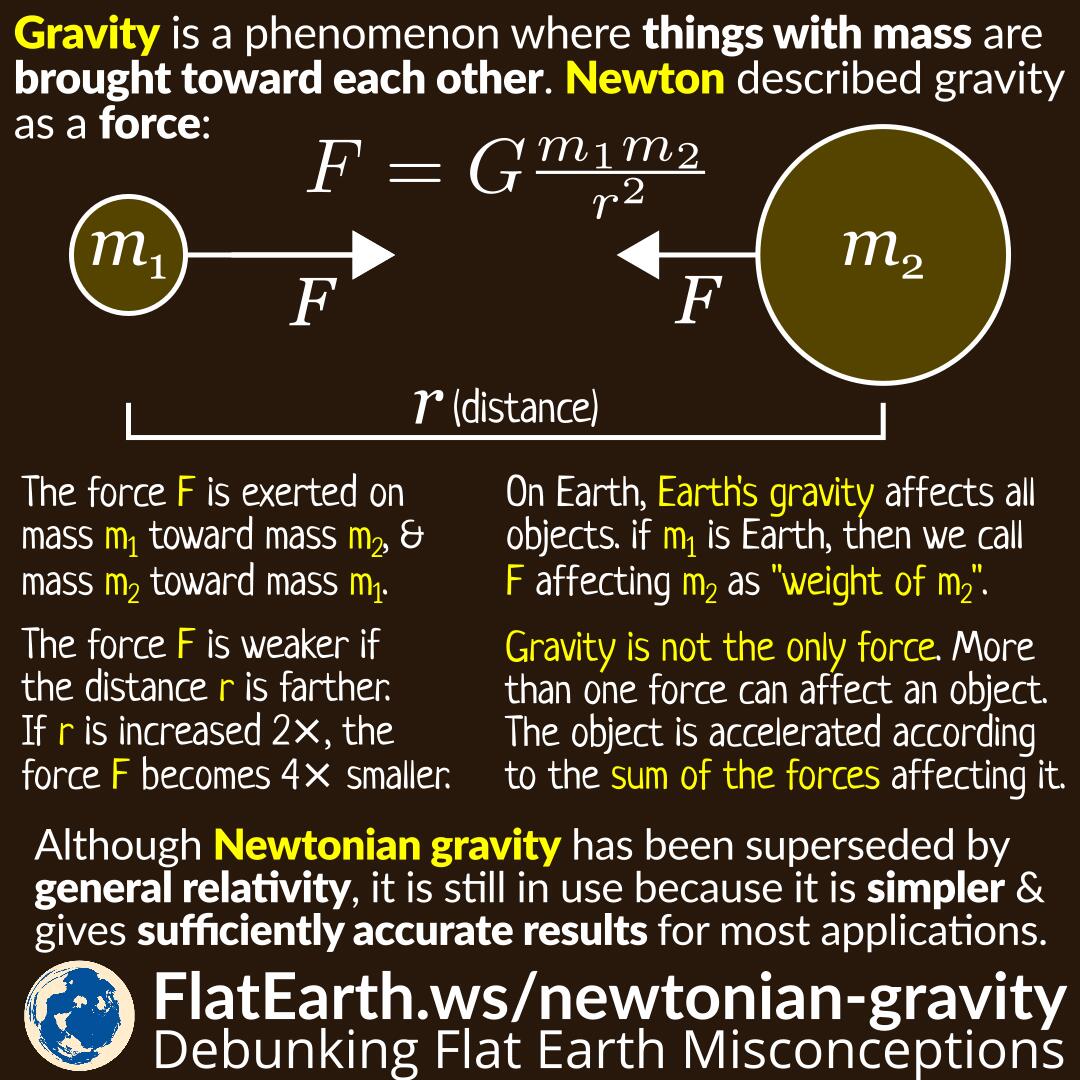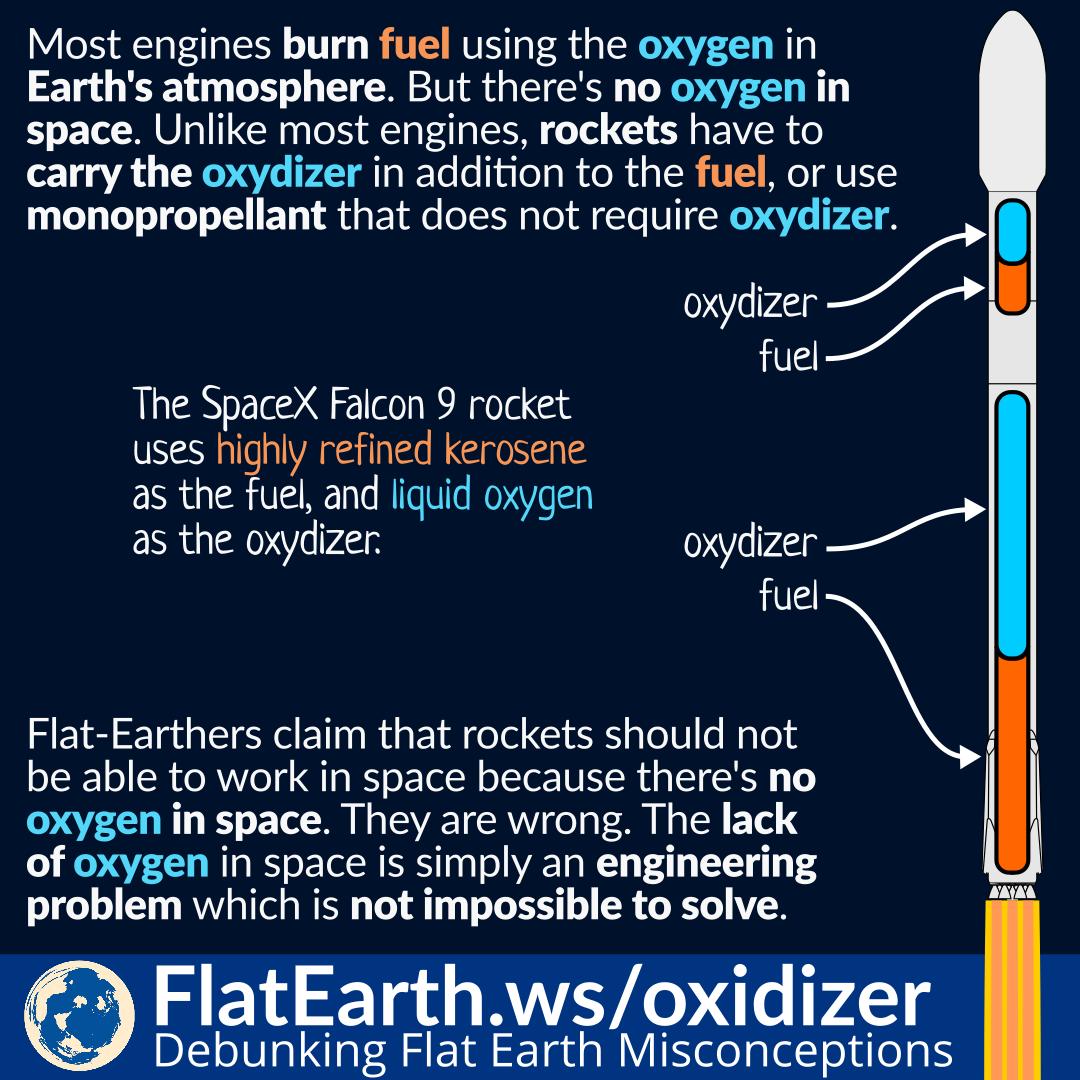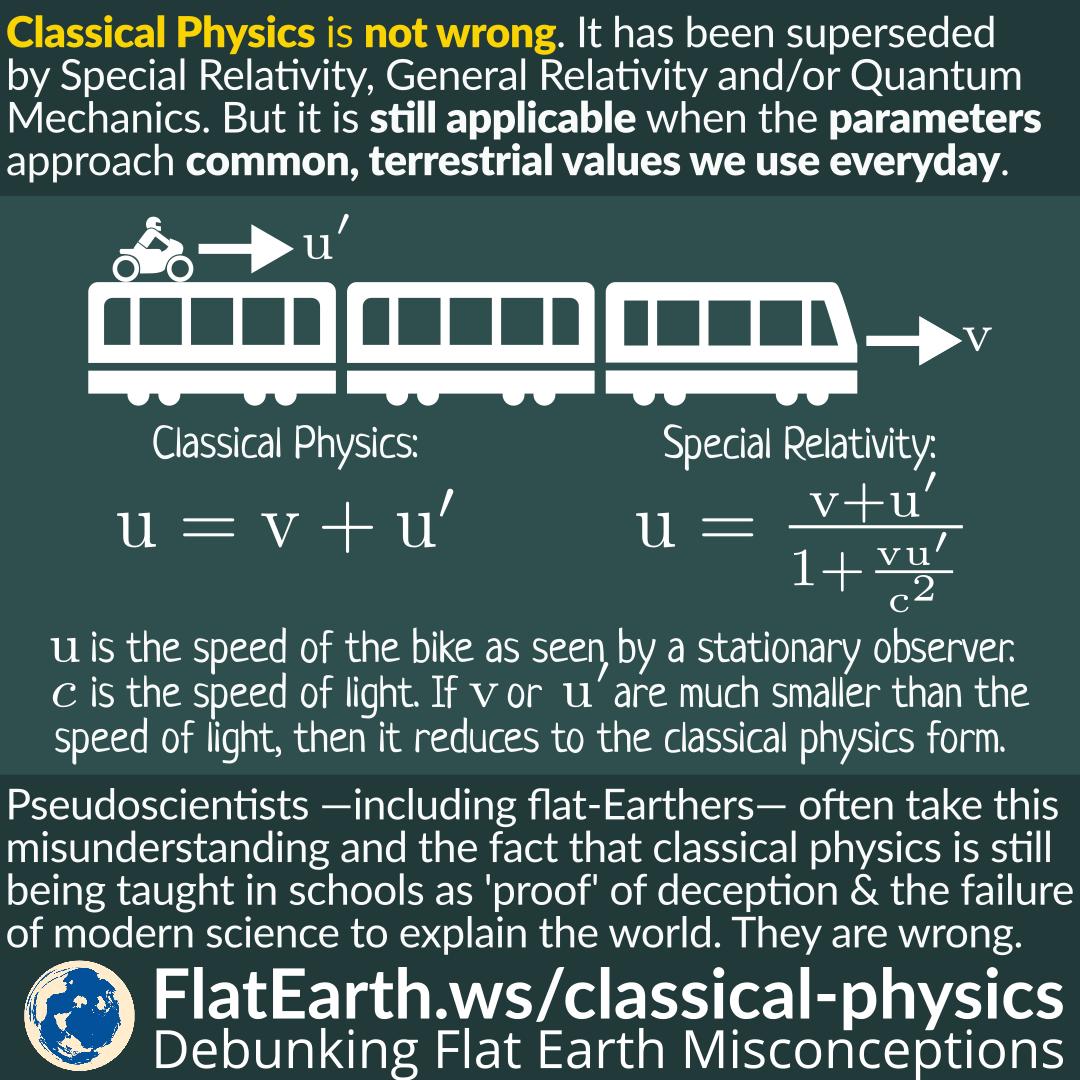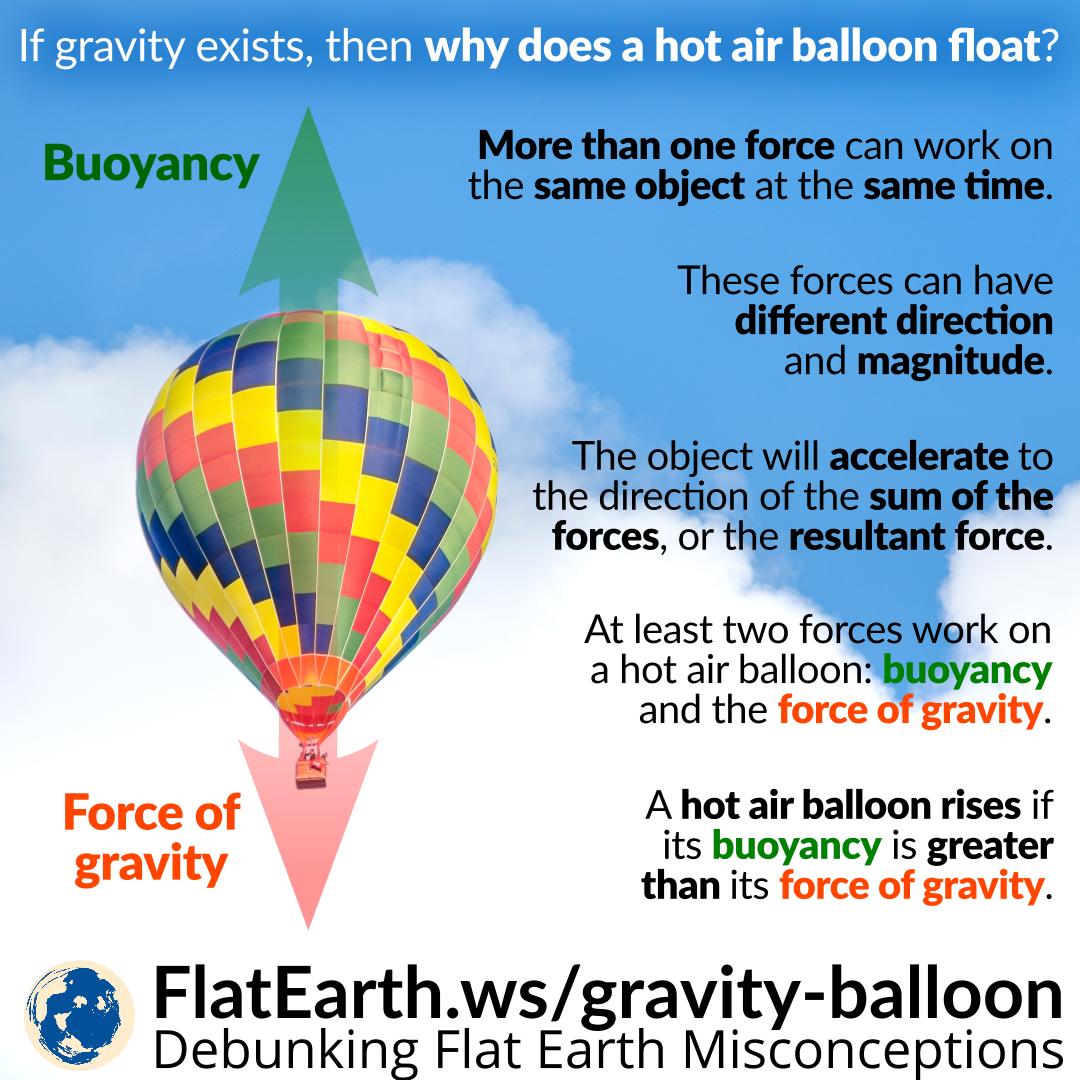Earth’s atmosphere is part of the Earth. It practically follows Earth’s rotating motion like the rest of the Earth. Due to various factors, Earth’s atmosphere has relatively small and uneven movement relative to the surface. We call it ‘wind.’ The fastest wind ever recorded is about 408 km/h, relative to Earth’s surface.
Many misconceptions about Earth arise from the wrong idea that only Earth’s solid body is rotating, but the atmosphere is not. If it is true, then we should always feel the wind with the speed of 1674 km/h near the equator, or more than 4× the fastest wind ever recorded. We don’t feel such a wind, and thus we know our atmosphere is moving at practically at the same speed as Earth’s surface.


